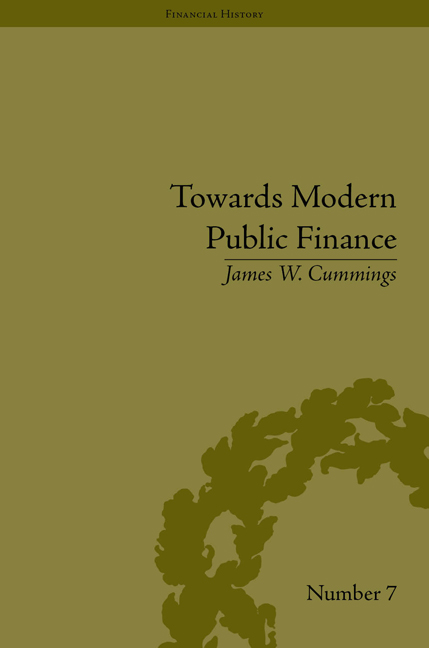Book contents
- Frontmatter
- CONTENTS
- List of Tables
- Introduction
- 1 Financial and Economic Background
- 2 Ideology, Revenue and Financial System
- 3 The Loan of 1846
- 4 The Loan of 1847
- 5 Mexico's Finances
- 6 Making War Pay: The Mexican Assessments
- 7 The Independent Treasury at War
- 8 The Loan of 1848
- 9 Mexican Indemnity and Bounty Land
- Conclusion
- Notes
- Works Cited
- Index
8 - The Loan of 1848
- Frontmatter
- CONTENTS
- List of Tables
- Introduction
- 1 Financial and Economic Background
- 2 Ideology, Revenue and Financial System
- 3 The Loan of 1846
- 4 The Loan of 1847
- 5 Mexico's Finances
- 6 Making War Pay: The Mexican Assessments
- 7 The Independent Treasury at War
- 8 The Loan of 1848
- 9 Mexican Indemnity and Bounty Land
- Conclusion
- Notes
- Works Cited
- Index
Summary
Neither the expectation of peace nor its occurrence diminished the government's need to borrow. One last major loan remained to be approved and sold before financing of the Mexican–American War was complete. Unlike the Twentieth-Ninth Congress which met in 1846 and 1847, the Whigs were now in a position to exercise considerable influence over the loan legislation. As a result, the Loan Act of 31 March 1848 authorized a straightforward loan of $16 million to be obtained through the issuance of 6 per cent twenty-year bonds. The legislation increased the bonds’ marketability by allowing the secretary to sell both coupon and registered bonds. The issue provided funds for demobilization, bonuses for soldiers and sailors, treaty payments and other expenses related to winding up the war. Because the loans of 1846 and 1847 saturated the American market, it became necessary to sell many of the bonds abroad. William Corcoran, with assistance from the Treasury, eventually accomplished this task. The successful marketing of the bonds in Europe and their subsequent rise in price was a major step in re-establishing American credit internationally.
The likelihood of an immediate peace was not apparent in the late autumn of 1847 as the administration prepared to meet the newly elected Thirtieth Congress. Without a treaty three alternatives were open to Polk and his cabinet. The first, withdrawal to a defensive line encompassing the territory demanded as an indemnity (California and New Mexico), was rejected. Polk favoured a second option, occupation of sufficient Mexican territory to force a favourable treaty. Walker and Buchanan advocated occupying all of Mexico. Both were posturing for the 1848 Democratic presidential nomination.
Polk's plan and that of his two leading subordinates required more troops and vast amounts of money. The secretary of war estimated his department needed an additional $18 million for the last seven months remaining in fiscal year 1848 and a total of $41 million for the fiscal year beginning 1 July 1848 (1849). The amount horrified both Polk and Walker.
- Type
- Chapter
- Information
- Towards Modern Public FinanceThe American War with Mexico, 1846–1848, pp. 129 - 150Publisher: Pickering & ChattoFirst published in: 2014



